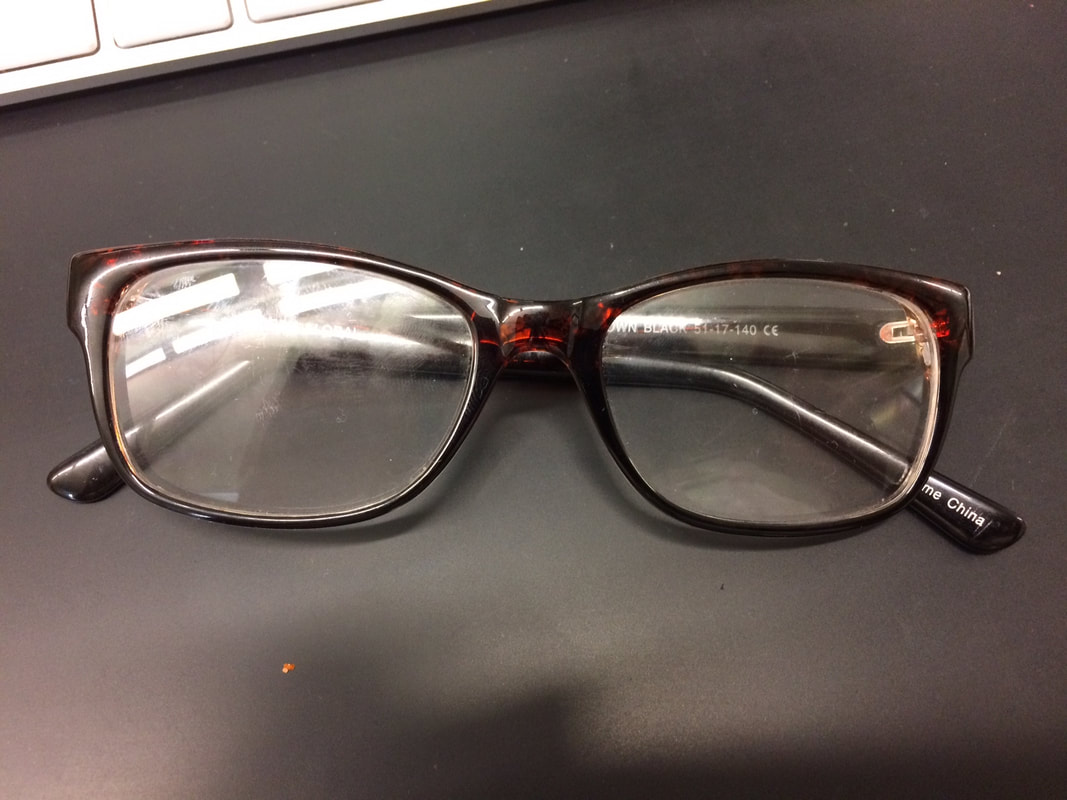|
1. Stamps: HW, Darwin, Amish
2. Final Word discussion: Amish text groups of 5 3. HW modeling, v2: in a spreadsheet Computers for all! Pair up, one with spreadsheet, one with PPT directions PPT: create a model (stuck? Example ) HW: Enjoy Homecoming!
0 Comments
1. Buffet work stamped (2)
Bookmark the selection work in your lab notebook; turn in. 2. Midterm: Microevolution write your name on all papers, exam copies included answer MC on a scantron; choose 4 short fry HW: Buffet: Read the Amish text; annotate as directed on the handout 1. Lab analysis - CER and discussion
2. Buffet: POGIL and/or practice problems; Darwin's summary 3. Exam Wednesday; utilize the many review resources: MC review: Review Book Q (slide 1) and handout FRQ - take one, or score students answer of the same q Review Sheet Lab discussion Q HW: Buffet: either one of the HW assignments, and the Darwin summary text. Study! Exam Wednesday. Review via the review sheet, Mader online quiz, by marking up and writing summaries of Cornell notes, rewriting your notes into a more succinct and organized (outline!) form, etc. And please check your backpack for one of my little blue calculators.
Ask me about the STAR PARTY tonight!
1. Whiteboarding: HW practice ch 16 notes stamped 2. Lab: Quantifying Change, part 2 discuss, run the model PPT: sickle cell HW: Quantifying Evolution lab (part B) • Write the pre-lab elements • The class data is here: 3A 4A If you want to work in the sheet, save a copy. • Complete the data table, finding the allele frequencies. Use the formula on the handout, not the HW approach (doesn't work when there are no heterozygotes) • Graph change over time for all three models. All frequency data in a single graph is fine; if you make separate graphs, keep Y axis constant. 1. Selection Lab Results discussed
did the change in environment result in microevolution? 2. PPT: The Hardy-Weinberg Conditions 3. Lab: Quantifying Evolution handout taste test model of deriving allele and genotype frequencies 4. Quizzes returned and reviewed HW: Notes: 16.2 & 16.3 Watch HHMI: Malaria and Sickle Cell 1. PPT - Random change drives evolution too
2. Selection lab: a. graph the change in frequency over time (generations) b. Lab analysis: as on lab notebook reference page • CER - make a claim that reflects the lab objective/question • Discussion - reflect on hypothesis, methodology, new questions c. Discussion questions (3. PPT: Is phenotypic change evolution?) HW: • Finish the lab : graph and analysis (use the Lab Reference handout to make sure your work is complete) • Watch Bozeman Science: The 5 Fingers of Evolution • Do some reading on the genetics of taste at this link. Record your notes as part of the background for the next lab. 1. Vocab & POGIL stamped; turn in stamp page
2. Selection ppt, continued 3. Quiz 4. Selection lab: results, graph, analysis HW: Notes: 16.1 1. Clarify: work due dates, Greek/latin vocabulary
2. One last pollination event 3. Selection lab methods, shared 4. Run trials measure population size/beak type at each generation find frequency/beak type/generation graph frequency /beak type over time HW: (Buffet) POGIL: Selection and Speciation Study: QUIZ (vocab/short frq/s'math) Wednesday |

